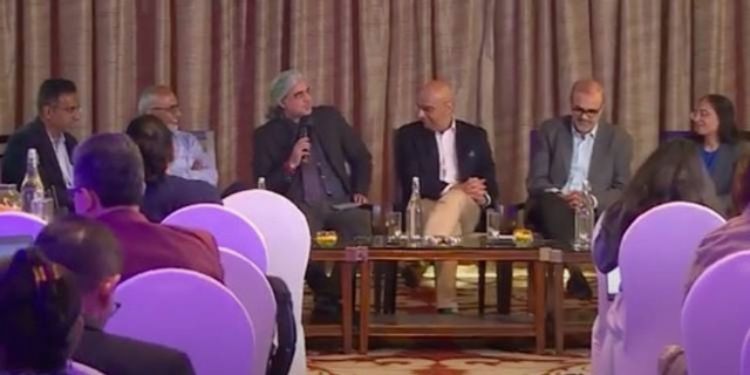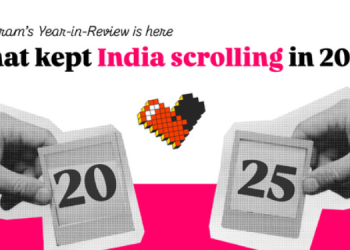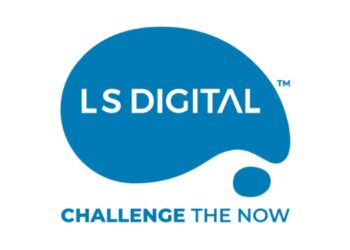The Marketing Research Society of India (MRSI) organised a panel discussion titled, ‘Targeting and ISEC-Socio Economic Classification. The panellists were Amit Adarkar, CEO- Ipsos India, Jasmine Sachdeva, Managing Partner, Wavemaker India, Muralidhar Salvateeswaran, COO-APAC, Kantar, Rajiv Dubey, Head of Media-Dubai, Vivek Malhotra, Group CMO, India Today, Vinay Virmani, Head – Consumer Insights, Dabur India. The discussion was moderated by Shuvadip Banerjee, Chief Digital Marketing Officer- ITC.
“Marketing has become complex and exciting. It has also expanded in the way we knew 10 years back,” said Banerjee during his opening note.
The panellists further spoke about how marketing has expanded in their respective roles and how they are traversing the complex space.
Sachdeva said, “Marketing definitely has become complex, getting the same growth and the parameters we were able to target and meet is not the same. We are dealing with somebody who has more choices and because of that reason we need to reach out to them very uniquely. Their media consumption or advertisement receptiveness has also changed dramatically. There was a time when we would have 20 channels in our campaign, we would say that we have targeted everyone. But today it is a big challenge to get that audience.”
Giving a research agency perspective to the topic, Adarkar said, “One thing that we miss out and don’t pay attention to is the changes in the country’s demographics. We always had this perception about India being a certain kind of nation where 70 pc of the people stayed in villages. But in the last 5 years and the next 5 years, there is a huge demographic change the country is undergoing and to that extent we may go and talk to consumers, exactly who we speak to and how do we take into account changing roles, decision making at a household level- I think these things are fascinating. In market research unless you speak to the right person and ask them the right question, any amount of analysis you do is not worth anything.”
Dubey said, “Over the last 30 years, the demographics, people’s habits, and media have changed. But the business challenges have remained the same – which is growth. When I look back at the early 90s, the penetration of oral care was 60-65 pc, today it is about 99 pc, the same applies to hair care products like shampoo. There is saturation happening in a lot of categories, and the challenges of growth are immense.”
Malhotra said, “For us the most important thing is the single view of the customer. When I started, it was just Print, Television, and Radio- now today when you think that you have cracked the consumption pattern on YouTube, then something emerges called the WhatsApp channel and people start following it. Then you realise having the one view of the customer for omnichannel is still a far-fetched dream. I don’t have a one view on the customer, only on the digital. That to me is the big complexity and challenge that finally comes into how you segment the consumer, so that you can service them better.”
Salvateeswaran, “There is a complexity of consumerism to start with- the way in which they make decisions today, it is no longer linear – it is multi-linearity. The way they make choices for one category versus the other is different, you can’t bucket them to be premium, mass customer etc. The whole complexity of how they make the choices and what influences those choices are beyond conventional marketing activities. Of course, it is linked to targeting, but it is beyond targeting to understand what the complexities are.”
Virmani said, “What has really changed over the last few years is the mass customisation that has happened because of eCommerce, D2C players etc. Though there are complexities it has also enabled ecosystems which are able to have sharp targeted products, for example : now we have D2C players who have focused benefit products and they are able to target the consumers in a precise way. As we have GenZ and Gen Alpha, their whole perspective is entirely different and they are going to be the future consumers. The factors like sustainability, recycling have become more important. How a company will do this while remaining profitable is the key challenge.”
The panel discussed segmentation of consumers and the processes followed.
Virmani said, “We have various ways of segmenting consumers, the classical system we follow is one affluence and the capacity to buy, how much they can afford etc. Apart from that behavioural segmentation, something which works well for us, especially in the healthcare category. If they are inclined towards more health activities, we know that they are likely consumers for our health supplement brands like Chavanprash etc.”
Salvateeswaran added, “It is also important to look at the new spaces, you need to identify new spaces where you can find that chunk of consumers you can profitably grow with, there is behaviour which gives a clear picture. There is also different dimension one can bring in, they can be brought into different combination, one is the need, you can layer that behaviour with lifestyle or with any other psychographic kind of variables. We focus on new spaces for the brand which has reached higher level of penetration. There is a multitude of variables, which needs to start with a hypothesis on where your brand is and what are your objectives on the growth side.”
Sachdeva added, “Once you have done your demographic and psychographic basics, it is very important to see where your source of growth is going to come, whether it will be from increased consumption or penetration. The brilliance of digital data today, even if its first party data we are using currently or creating look alike etc, help you get that segmentation in place. There are also open data sources where you link up APIs, then you become more deterministic of the need gap.”

















